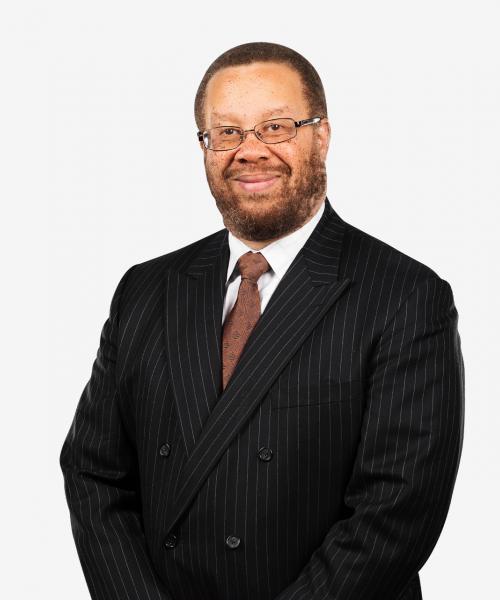New DC Circuit Case Raises the Bar for Employment Discrimination Defendants
Under it, if the plaintiff establishes a prima facie case, the burden shifts to the defendant to articulate a legitimate non-discriminatory and/or non-retaliatory business reason for the challenged decision.
And, if the defendant carries its burden, the burden returns to the plaintiff to prove that the defendant’s stated reasons are a pretext for discrimination or retaliation.
The DC Circuit has long endorsed a shortcut for analyzing discrimination and retaliation cases at the summary judgment stage. If, at that stage, the employer articulates the reasons for its challenged decision, the trial court focusses on one central question: “Has the employee produced sufficient evidence for a reasonable jury to find that the employer’s asserted non-discriminatory reason was not the actual reason and that the employer intentionally discriminated against the employee on the basis of [his or her protected class]?”
This month, in Figueroa v. Pompeo, No. 18-5064, 2019 WL 2063562 (May 10, 2019), the Court raised the bar for what employers must show to for that shortcut to apply.
Figueroa alleged that the State Department discriminatorily passed him over for promotions. Not so, rejoined the Department. Figueroa didn’t advance because other candidates were better qualified. That was enough for the District Court, but not for the DC Circuit.
Rather, according to the DC Circuit, an employer’s explanation for its challenged job actions must pass a four-factor analysis:
- First, the employer must produce admissible evidence for the district court to evaluate.
- Second, the court must reasonably be able to conclude, based on the evidence, that the employer did what it did for lawful reasons.
- Third, the employer’s explanation must be facially credible in light of the proffered evidence.
- Fourth, when the employer’s rationale involves subjective criteria, as it did in Figueroa, the evidence must point to clear and specific reasons for the employer’s assessment, such as seniority, length of service in the same position, personal characteristics, general education, technical training, experience in comparable work, or any combination of such criteria.
Said the Court:
[W]e frustrate the Supreme Court’s design if we allow employers to satisfy their burden of production without a ‘clear and reasonably specific’ explanation as to how the employers applied their standards to the employee’s particular circumstances. . . . Plaintiffs lack the resources (and the clairvoyance) to guess at how their respective decision[-]makers interpreted the criteria and to explain away each standard at trial.
The State Department’s explanation, the Court held, fell short under factor 4. Thus, the Court remanded the case for trial.
Figueroa will make it harder for District of Columbia employers to dispose of discrimination claims on summary judgment. To overcome it, and adhere to best management practice, employers should predicate their employment decisions on clear and specific reasons and should be prepared to demonstrate those reasons, with admissible evidence, if challenged.
Contacts
- Related Practices
-
Read Time
4Minutes
